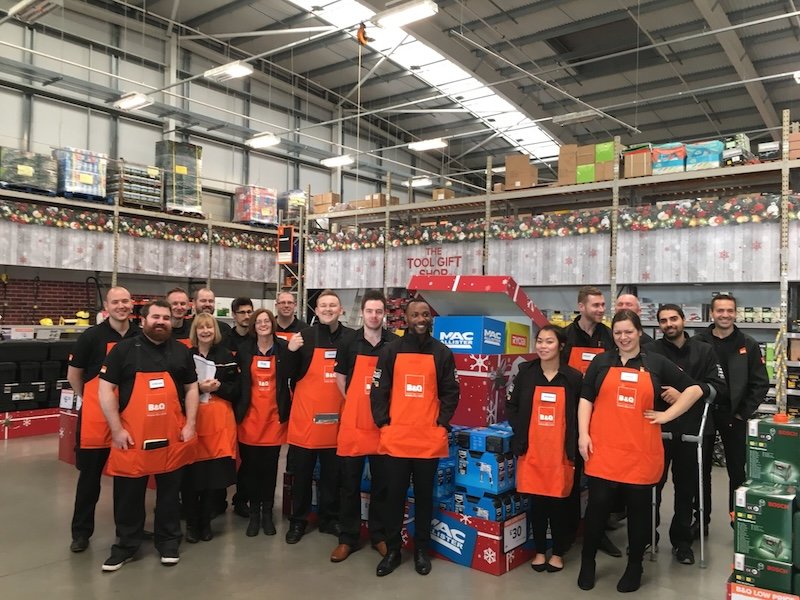Retailers face mad rush to invest in social media and online
Social media, investment in e-commerce and the increasing influence of retail marketplaces continues to drive consumer spending online, according to research by Wunderman Thompson Commerce.
The research was conducted by Censuswide, with 31,040 shoppers who shop online at least once a month in the following markets: UK, US, France, China, Japan, Australia, Argentina, Colombia, Spain, Brazil, Mexico; India; Germany, South Africa, UAE, Netherlands, Thailand and Indonesia.
64% of global consumers want brands or retailers to provide a “more innovative” online shopping journey, all the way from the initial product search to the moment of purchase.
But winning online means getting the service right – one of the biggest changes post-pandemic is the expectation and demands that consumers have of retailers.
24% of global consumers now expect delivery in two hours – a challenge for many businesses, but one that is easier to address with digital products and services, which now account for 38% of everything bought online (up from 33% last year).
These delivery expectations present a conundrum to retailers with 48% of consumers demanding faster delivery, while 68% said that they wished that brands and retailers offered better environmental practices.
In addition, 61% say that they like to shop with companies who have a purpose that goes beyond just selling.
Another challenge for online sellers looking to provide service and sustainability is that 23% of everything that global shoppers order online is returned and almost four in 10 admitted to over-ordering with the intention of returning unwanted items, presenting another dilemma for retailer’s digital supply chain.
What’s more, two-thirds of shoppers agree that delivery has increased in importance and 66% say that the time of delivery has become more important. Unsurprisingly, this has been driven in part by Amazon with 70% of consumers wishing brands and retailers offered services like Amazon Prime.
Indeed, consumers have a healthy appetite for retailers to invest in emerging tech trends, including cashless payments (58%) and checkout-less supermarket services such as Amazon Go (64%).
And the online world is creating enormous value for retailers, with 60% of consumers planning to increase their usage of digital shopping channels.
This has been driven by working from home (WFH), with 69% of consumers saying they have shopped more online, and 62% saying they have discovered new brands as a consequence of WFH.
Social networks have been one of the key winners during this transformation. 56% of shoppers want to remain on their preferred social media platform to purchase, while 65% of consumers have already made a transaction through a social media platform, a near 20% increase since 2021.
The results have been even better for online marketplaces, such as Amazon, eBay, Mercado Libre, Rakuten etc. 64% of global consumers go as far to say they’re excited by the prospect of buying everything through one retailer and over a third (36%) already start their search on top marketplaces.
However, the dominance of these retail giants is far from inevitable – in fact, we have seen a drop in market share, from 42% in 2021 to 35% this year, as shoppers look to diversify their online experience through social media, augmented and virtual reality shopping, and other digital channels.
Hugh Fletcher, Global Head of Consultancy and Innovation at Wunderman Thompson Commerce, says: “TikTok, Twitter and Instagram, marketplaces and e-commerce more generally offer shoppers an instant way to engage with, and purchase from, their favourite products and services.”
“However, this means demands are higher, expectations are loftier, and consumers have a reduced patience; they want products and services at the click of a button and won’t settle for second best.”
“Couple this with the rising cost of living and retailers face a fight to get consumer’s cash as they choose where they shop, which brands to invest in and what digital services to use.”
He adds: “With all the technology driven change over the past two years, the basics of shopping remain the same – create unforgettable, reliable experiences that keep the consumers coming back for more.”
“Margins are expected to get tighter and that means retailers and brands need to invest in digital platforms that satisfy shoppers. Long gone are the days of copying what Amazon, Walmart or the next best competitor is doing.”
“Learn from expansive marketplaces or innovation technology providers, yes, but adopt your own ethos and take shoppers through a purchasing journey that sees them return for more.”








Continue reading…